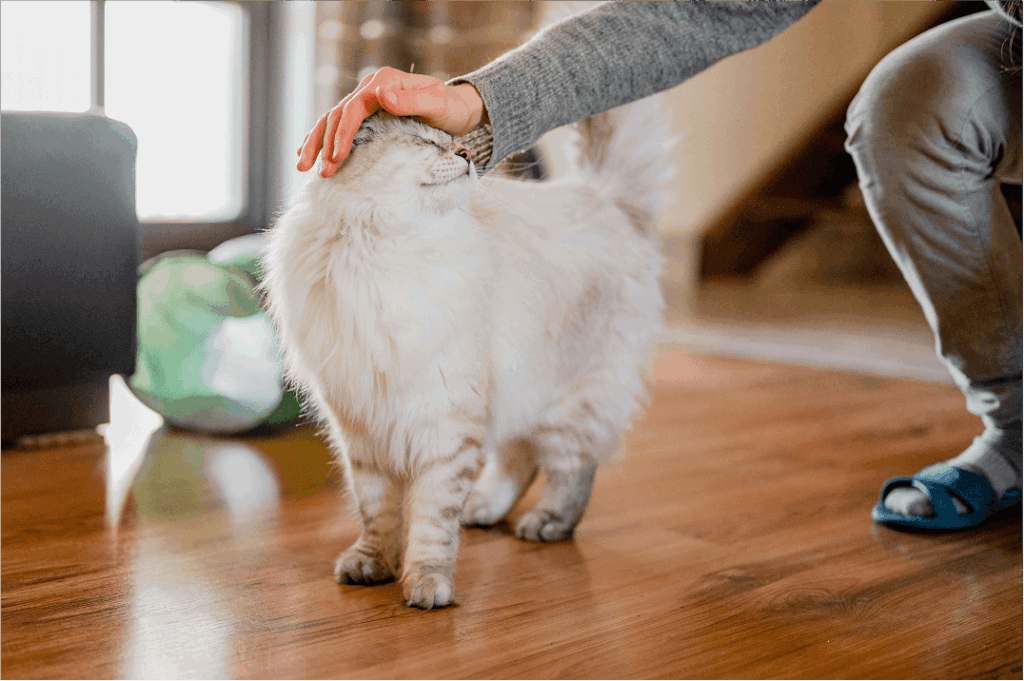Good Touch, Bad Touch: Best Places to Pet a Cat and 3 Spots to Avoid
Cats can be fickle about affection. Sometimes they purr, burrow, and drool when you pet them. Other times, they scratch or nip as if to say, “Enough!”
If you’ve ever wondered “Where do cats like to be petted?” or “Why does my cat bite me when I pet her?”, this guide is for you. While every cat is different, there are some safe petting zones and off-limits areas that most cats agree on.
Before You Pet – Introduce Yourself
It’s never smart to surprise a cat with intense petting—they become defensive easily.
How to approach a cat before petting:
- Extend your fingers toward her face so she can sniff you.
- Let her decide if she wants more contact.
- Watch for relaxed body language before touching.
This introduction helps the cat feel safe and lowers the chances of a defensive swipe.
Best Places to Pet a Cat
1. Back of the Head
Most cats love slow, gentle rubs on the back of the head and neck. Always pet in the direction of fur growth.
2. Under the Chin
Many cats enjoy being scratched softly under the chin. Watch her facial expression. If she leans in or closes her eyes, you’ve found a sweet spot.
3. Down the Back
A cat’s back is one of the safest places to pet. Use light pressure and slow, rhythmic strokes. The “sweet spot” is usually at the top of the tail base, but avoid the tail itself.
4. Base of the Ears
Cats have lots of scent glands around the ears. Light scratches at the base often earn purrs. Use a gentle scratching motion, not heavy pressure.
5. Behind the Whiskers
Some cats enjoy cheek rubs behind the whiskers. But resist the urge to grab the whole head, which cats may interpret as aggressive.

Where Not to Pet a Cat
Just as important as knowing where to pet is knowing where cats hate being touched.
1. Tummy
Unlike dogs, cats rarely enjoy belly rubs. Their midsection is a vulnerable area, so petting a cat’s stomach often triggers scratching or biting.
2. Tail
Most cats dislike being petted on the tail. In fact, watch the tail’s movement — the faster it twitches, the more overstimulated your cat may be.
3. Legs and Feet
Cats don’t usually like to have their feet or legs touched. It makes them feel trapped or vulnerable, and they’ll pull away quickly.
Tips for Petting a Cat Properly
- Follow the cat’s lead. If she leans in, keep going. If the cat pulls back, stop.
- Watch body language. Twitching tails, flattened ears, hard stares or sudden bites mean “that’s enough.”
- Keep sessions short. Cats prefer brief, positive interactions rather than long, overstimulating ones.
By learning where cats like to be touched, and respecting their limits, you’ll avoid scratches and build more trust with your feline friend.
Love learning more about cats?
Take the next step and explore how stem cell therapies are helping cats with arthritis, gingivostomatitis, kidney disease, and more.


